Photography is a game of emotions. Think about some of the most powerful images that you’ve ever seen. The ones that have left a lasting impression on you. Sure, they might have gorgeous tones, light, or composition, but the reason they have stuck with you for so long is probably the emotion or mood that the image evokes. Our job as a photographer is to control those moods and to decide which emotion we want our viewer to feel.
I know, that last sentence sounds like I want you to go out and craft these fake moments just for the sake of emotion. Don’t worry, I’m not into that, but if I see a happy, energetic moment happening in front of me, you better believe I’ll be shooting it with a lens that I know will emphasize that mood. Why in the heck wouldn’t I? That’s what this article is all about. Scroll on to read all about my gear and why I make the choices I do when I’m using it.
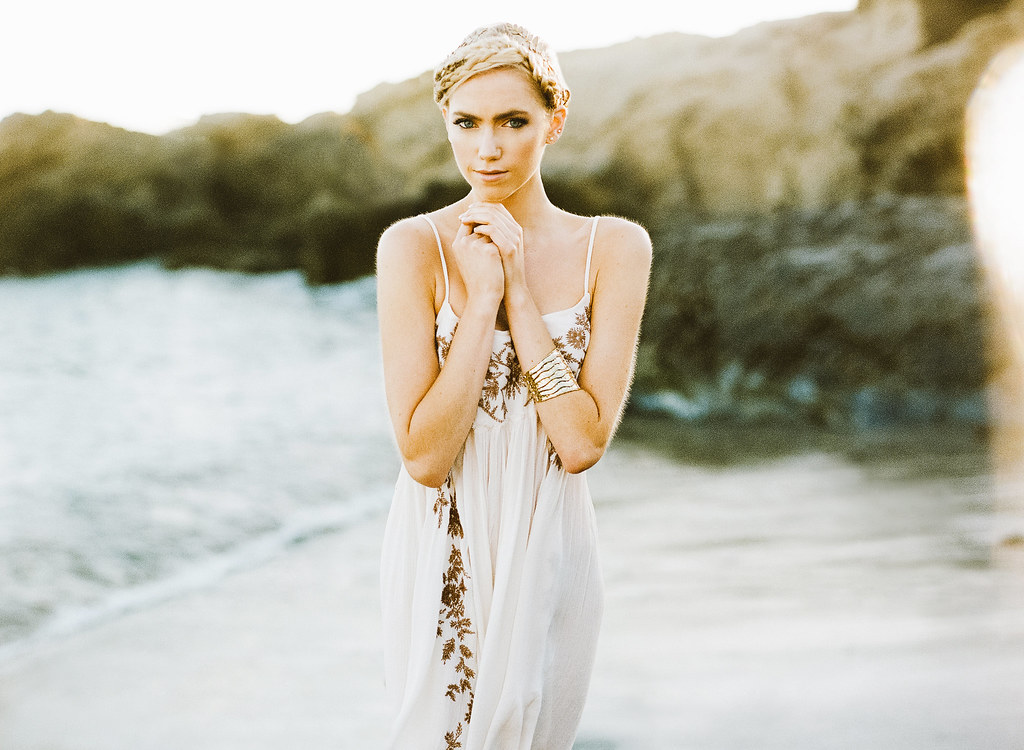
Film or Digital
This is a question for the ages. Over the past five or so years, there has been a huge resurgence of film shooters in the market, and I think that freaking rocks. Not because I think film is better than digital, but because I love variety. I love seeing people using whatever medium they love the most to create things they’re proud of and that others can enjoy. Some of us love shooting our respective medium for its aesthetics, others for the price, and some of us may have just chosen one and stuck with it. My suggestion for all of you is to not feel locked down to one or the other. The truth is that film and digital are both awesome, and if we learn a bit about them both, we can use each of them to benefit our shoots in different ways. Hammers and screwdrivers are both great tools, but you use them for completely different things. Both mediums can be great tools, but each of them has its own strengths.
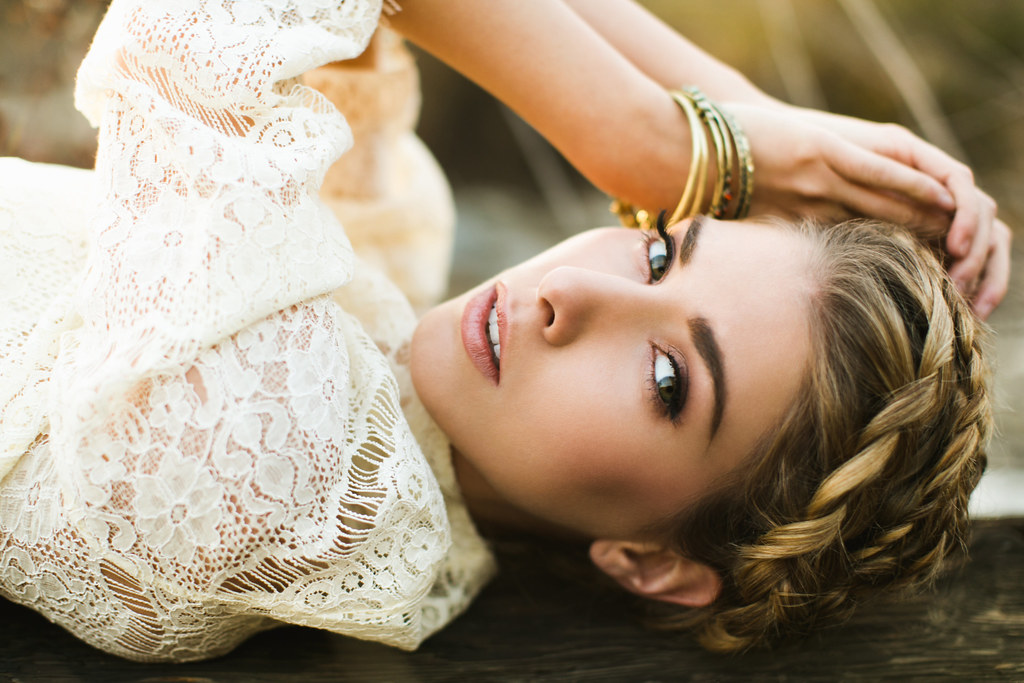
Film
When shot well, film is just gorgeous. Everybody knows it, and almost everybody loves it, but is that enough? Should we just learn that little fact and move on? Film deserves much more than we give it credit for. In conveying certain moods, film can give your images that little something that digital just can’t (unless you’re willing to put in some extra work in post, and even then, it’s tough to make it look right). For example, if you are looking for a serene, intimate mood, film can take you there. Film tends to be a bit softer and less glossy or polished than digital, which is why it lends itself so beautifully to those more subtle, calm moments. In addition to being a bit softer, film also has natural flaws (light leaks, scratches, dust, grain, etc.), and that texture can also play into that less polished look. Lastly (and arguably most important) is the feeling of nostalgia that film can bring out in a viewer. Most of us grew up in the film age. We grew up in a time where not everybody and their sister had a digital camera. This means that when we look through our old vacation photos or family photo albums, we’re most likely looking at film. We’re seeing our favorite memories of mom and dad, that summer when we learned how to swim, or a shot of us and our best friends before we hit middle school captured on film. Because of this, the tones that we see in film subconsciously make us feel nostalgic because we’re so used to seeing it in association with our old family and vacation photos. This can be a huge asset to bring into a shoot if that’s the emotional response that you want your viewer to feel. In a nutshell, film is my go-to when I am looking for a bit more of a calm or nostalgic image. That doesn’t mean you can’t hit the opposite side of the emotional spectrum on film; I just find it suits the other side better for my own work.

5D Mark III and 35mm f/1.4L / Contax 645 and Kodak Portra 400
Here's a good comparison of digital and film. The digital frame on the left looks a bit more polished, while the film frame on the right has a bit more of that soft, gritty, nostalgic look. Same shoot, same spot, same light, but sometimes, film can capture that little "umph" right out of camera that digital would need some post work to get to.
As for the more technical side of things, film tends to retain a lot more details in the highlights. In fact, most photographers who shoot film (especially with certain stocks like Fuji 400H) tend to overexpose their images by up to three or so stops. Doing so produces an airier, pastel look as the film soaks in the colors and contrast without losing much detail. On the other end of the spectrum, underexposure is where digital has a bit more of an advantage, because film tends to lose detail in the shadows.
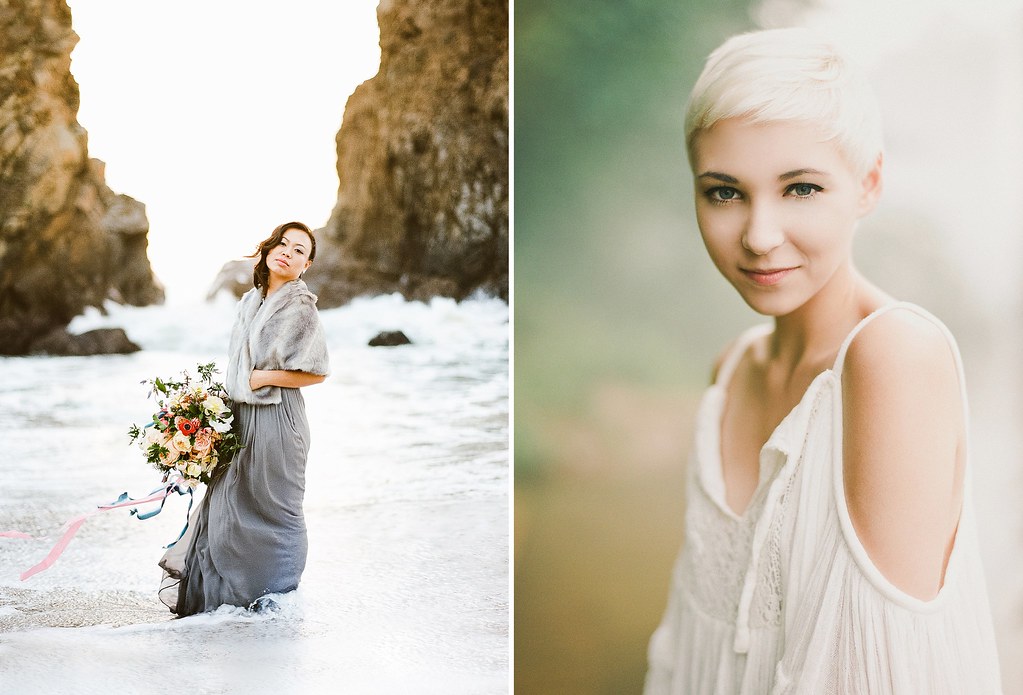
Contax 645 and Kodak Portra 400
Most photographers who shoot both digital and film edit their digital work to match the tones of their film work. I actually do the opposite. When I get my film scans in, I introduce similar tones (also in LR) so they mesh well with my digital work. Is one way better than the other? Absolutely not. Do you.
I love the images I make with my Contax, and I love how it feels in my hand. I’ve shot with a few over the years (Mamiya 645 Pro, Mamiya 7II, and some others), but the Contax 645 feels like the one that I wish all of the others were.

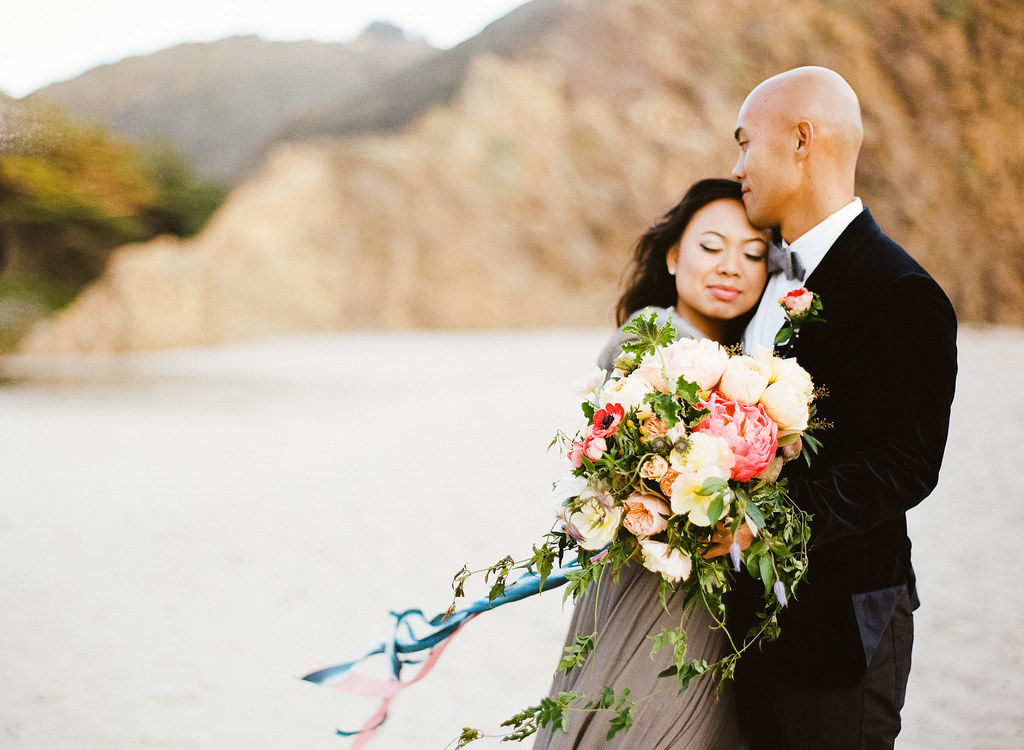
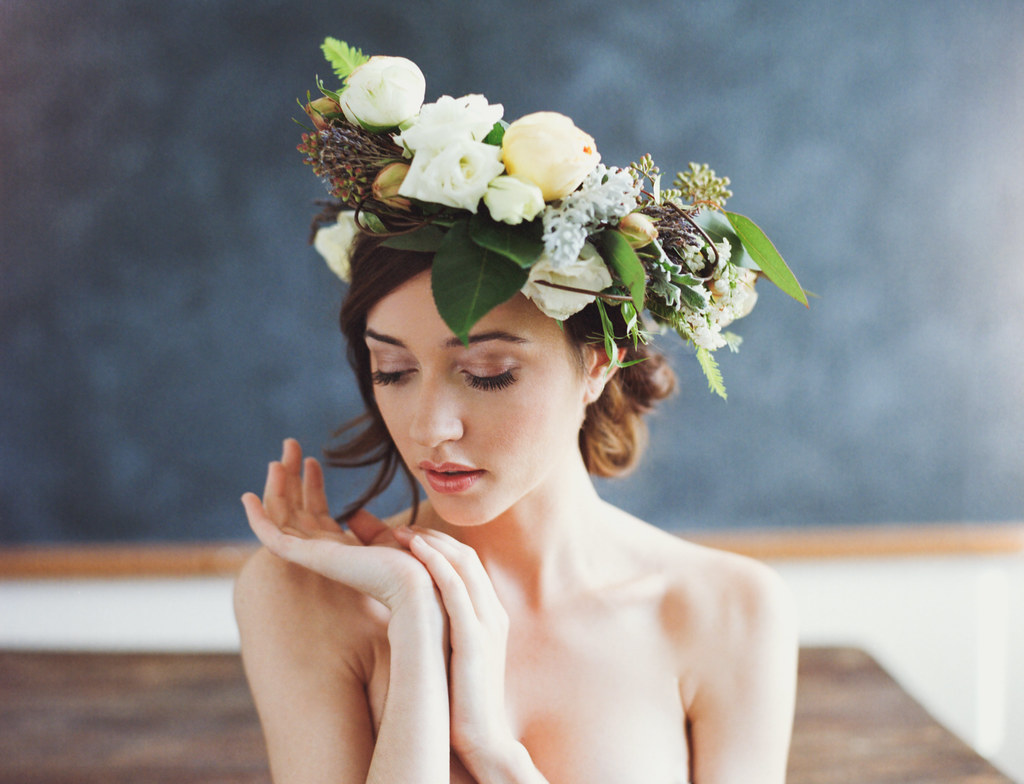
Digital
It’s nuts when you think about it. Digital cameras were just some guy’s lofty idea at some point, and now, they’re a massively important tool. I shoot digitally for 90% of my work. In fact, I usually only shoot film for personal work or unless it’s requested specifically for a project. I’m a huge fan of experimenting and sometimes, the immediate feedback that digital can give me is a crucial part of that. Other than the more obvious aspects (no film/processing costs, instant feedback, etc.), digital can be a huge asset to to a shoot. If you are looking for something a bit more polished (less grain, no imperfections, etc.), or at least the option to keep it polished and add in the imperfections later, digital may be your tool of choice.
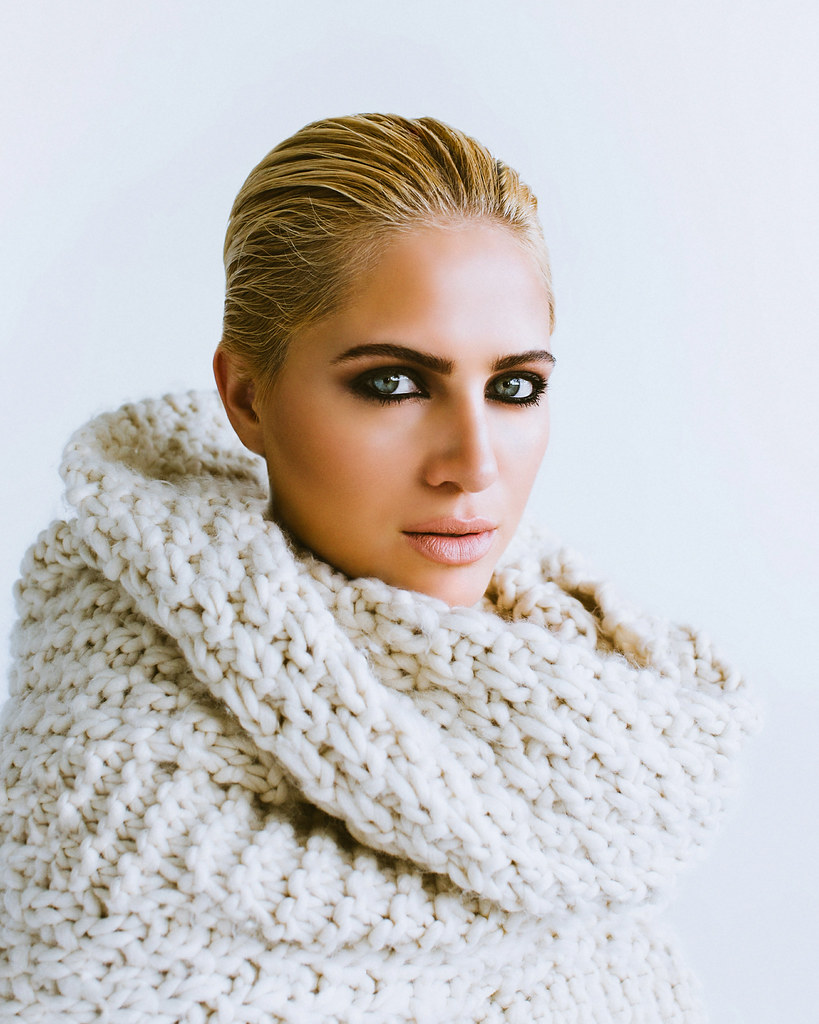
From a technical standpoint, shooting digitally will open up more possibilities for low-light shooting, shooting faster (no switching rolls or winding film), and will give you a bit more latitude in post with color adjustments. Digital is also a bit more forgiving with underexposed images (as long as you’re shooting raw, which you should be), since it retains details in the shadows better than film does. If the mood calls for it, I’ll actually shoot a stop or two underexposed on purpose and push it back up in post to introduce a bit of subtle grit to an image. Examples below:
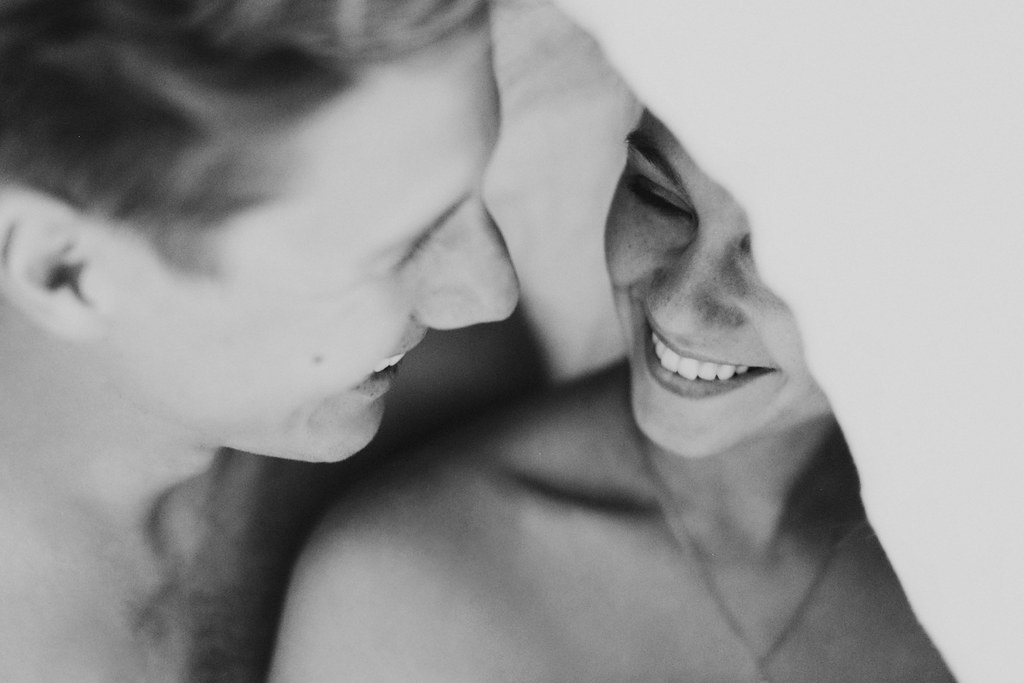
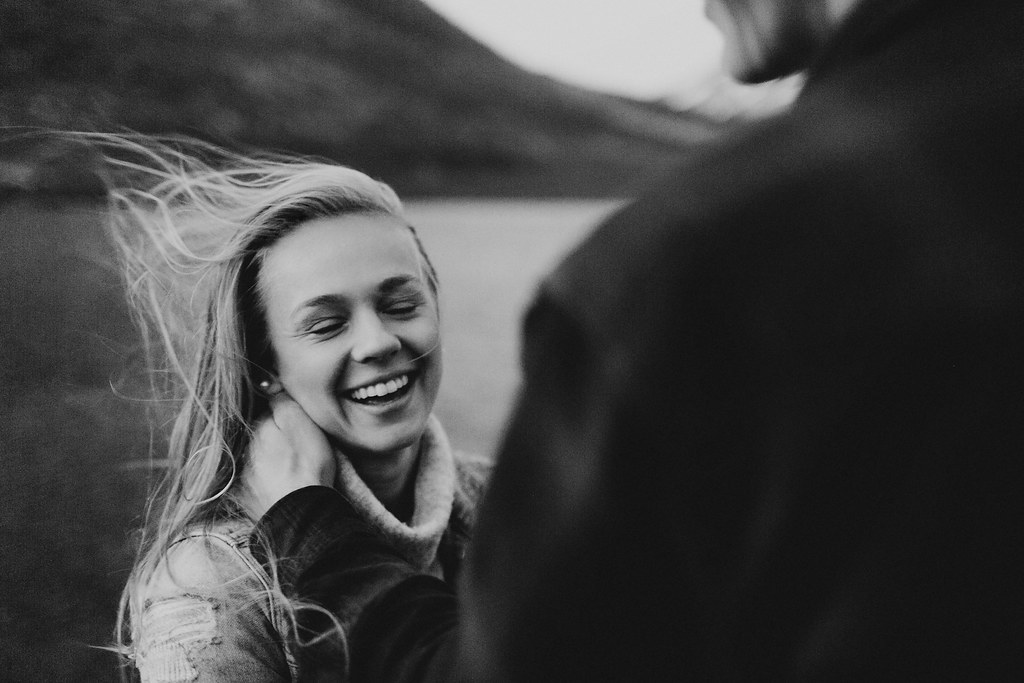
5D Mark III / iPhone
The 5D Mark III has been everything I've needed for the past few years. I haven’t even thought about switching cameras once since I got it. The low-light capability is perfect for what I use it for, the files look great, and it’s never really given me any issues. Another small (but also huge) reason I love it is because it records images to two cards at once. Ah, peace of mind.
In addition to all of that, the 5D Mark III has a full-frame sensor. DSLRs have two different types of sensors; one is a “full-frame" sensor and the other is a “crop" sensor. The crop sensor means that the actual sensor that the image is being recorded on is smaller. That turns a 35mm lens into the equivalent of an approximately 50mm lens. To be honest, it’s all technical mumbo jumbo that I don’t want to weigh this post down with, but luckily there are tons of great articles about this. The reason that this matters to me is that a full frame sensor allows me to be closer to my subject (which means the depth of field is shallower because the closer you are to your subject, the shallower the focal plane will be) while still capturing a good bit of space around them. This means I can shoot a wider shot with a shallower depth of field on a full-frame sensor than a crop sensor.
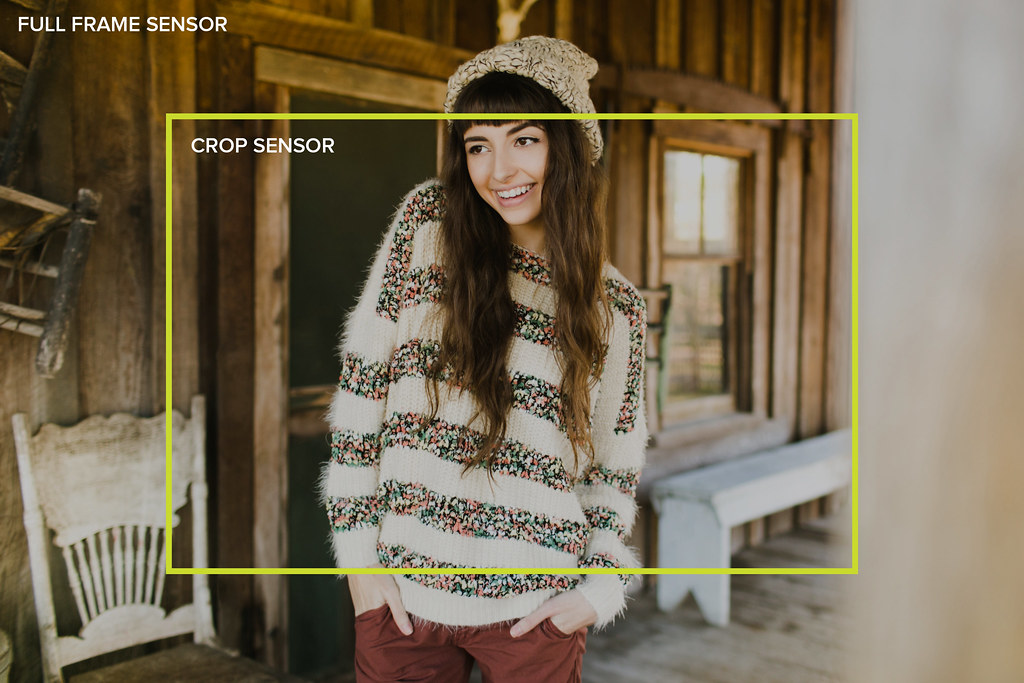
It's confusing if you've never heard of it before, and visuals always help me, so here you go! If this shot was taken with the same lens, at the same distance, etc., the whole image is what the full-frame sensor would capture, and the cropped rectangle is what the crop sensor would capture. This means that if I backed up while using the crop sensor to capture the same framing, as the full-frame, the depth of field would end up being deeper, since I would be farther away. Full-frame is where it's at for me, since I love the soft, blurred backgrounds.
Lenses
Imagine a scene with a huge desert landscape and a runner. The sun is behind, you leaving nothing but the desert sand, a well-lit athlete, and the deep blue sky. The question now is what emotion do we want our images to convey? Do we want to show off the dynamic energy of the athlete? Maybe a more relaxed, calm mood? What about something that looks a bit more cinematic? We could even draw out a bit of drama to show the concept of the runner’s battle between his mind and his body. We can steer our images in any of these directions through the lens that we decide to use. This is exactly why your lens choice is one of the most important choices that you need to make when it comes to your equipment. If you don’t believe me, go watch some movies. Focus on the moods conveyed in different scenes and how their lens choices emphasize those moods. Don’t only think about which lenses they used, but think about how different the scene would feel if they used something different. For example, if they used a longer lens to draw in close to their subject, how different would the scene feel if they used a wide lens instead? Would it lose its power? Would the mood change at all? These are all things that directors consider and lens choice holds just as much weight for photographers. It’s beyond important to not only know the technical aspects of your lenses, but to know how each lens affects the mood in your images and how to use that to your advantage.
Wide Lenses
Wide angle lenses typically range from 16-35mm, but there are a few more extreme lenses out there. Okay good, now the boring technical stuff is out of the way. Back to the good stuff. If we insert these lenses into the scene with the runner in the desert that I mentioned earlier, we can accomplish a few different moods depending on how we compose the shot and how close we are to the runner. Let’s imagine that we want to create an epic scene showing off the drama of the landscape and the solitude of the runner within it. Using a wide lens to shoot from a distance will do just that. It will make the athlete into a tiny part of this grand landscape and will emphasize his solitude by showing the vast emptiness around him. Go ahead, imagine the shot. Blue sky, seemingly miles of desert dunes, and a tiny dot of a runner in the middle of the frame. Shooting a wedding in a mountain range (well, aren’t you lucky)? This is a perfect way to show off the magnitude of where you are! That distance between you and the subject can often create a stronger emotion in your viewer because they are looking into a scene instead of feeling like they're a part of it (I know, it seems counterintuitive). If they feel like they are looking at a scene that shows the struggle of a lone runner with nothing but miles of sand around him, they start to feel for him. They see and feel his solitude from the outside. In another example, imagine the wedding image in the mountains. A vast sweeping shot of cliffs and mountains with nobody around, except for a newlywed couple embracing each other with closed eyes right at the bottom of the frame. Since the viewer is removed from the scene (because of the distance between you and the couple), they are looking into an intimate moment. They see the quiet and powerful connection shared between two people who need nothing around but each other. I’m not saying that this is the only way you should be shooting, but having shots like these mixed in with closer shots is a great way to give emotional variety to a set of images.
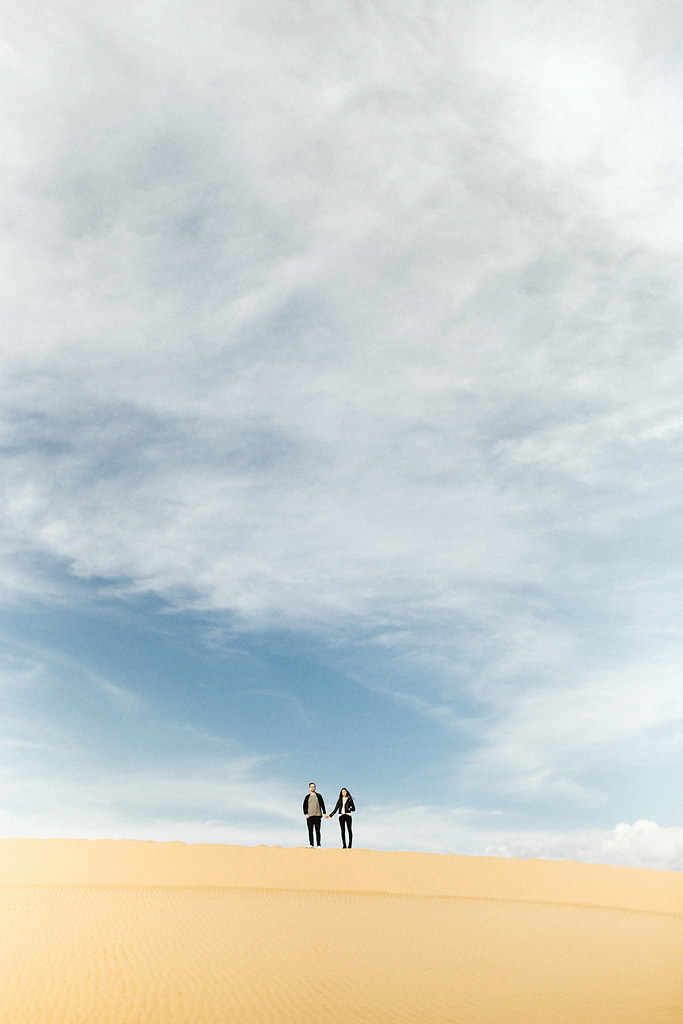
When shooting wide shots like this, it's always important to think about the separation. What makes your subject different from their surroundings? That difference will help them pop out instead of getting lost in the frame. In this image, it's pretty clear. Their shapes and dark colors pop against the sky, drawing the viewer's eye right into them.

If you know my work, you know that I don't typically showcase the wider "tiny people" images on their own, but I do love the variety they can give to a set. When your viewer is scrolling through your blog post, it's important to give them different types of images so their eyes can move around and their minds can stay entertained.
On the other hand, if you get in close with a wide angle, it can inject the feeling that the viewer is right there in the scene and create a dynamic sense of energy. Because of the perspective you get with a wider lens, when you step in close, it can make a small stride look like a giant leap by stretching out the limbs. The wide angle of the glass literally elongates the edges of the frame. I typically use that bit of perspective for fun, energetic lifestyle shots, although it can be used beautifully in things like fashion editorials as well for a more dramatic look.
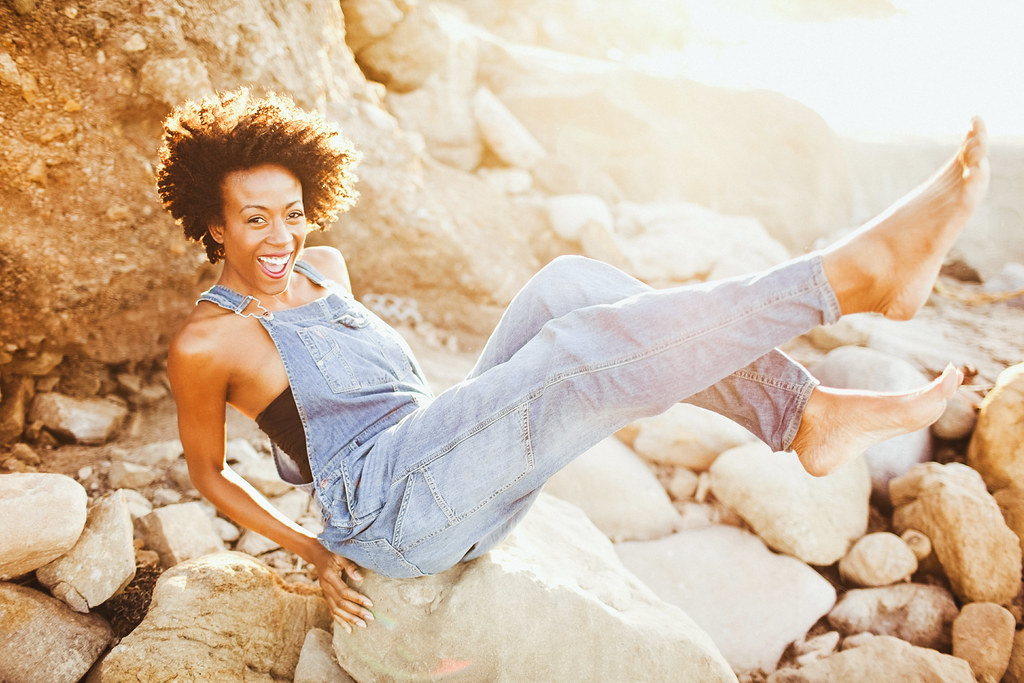
For happy, summer lifestyle vibes like this, my 35mm f/1.4L rocks. The stretched perspective adds a bit of life and energy into the frame without any extreme distortion. I know what some of you might be thinking: "I heard you're not supposed to shoot up close with a wide lens." From here on out, take every photography rule you hear with a grain of salt. Sure, there are reasons that it's a rule in the first place (and it's important to know those reasons), but rules are made to be broken. You do you. The reason for the rule of not shooting up close portraits with a wider lens is because it can cause distortion that might elongate certain parts of the frame (towards the corners). This elongation is the exact reason that it can create a more dynamic frame, but it can look funky up close. If you want to fight the distortion, you can correct it in LR with the click of a button. All you need to do is click on the "Enable Profile Corrections" in the Lens Corrections panel of Lightroom. Easy as heck.
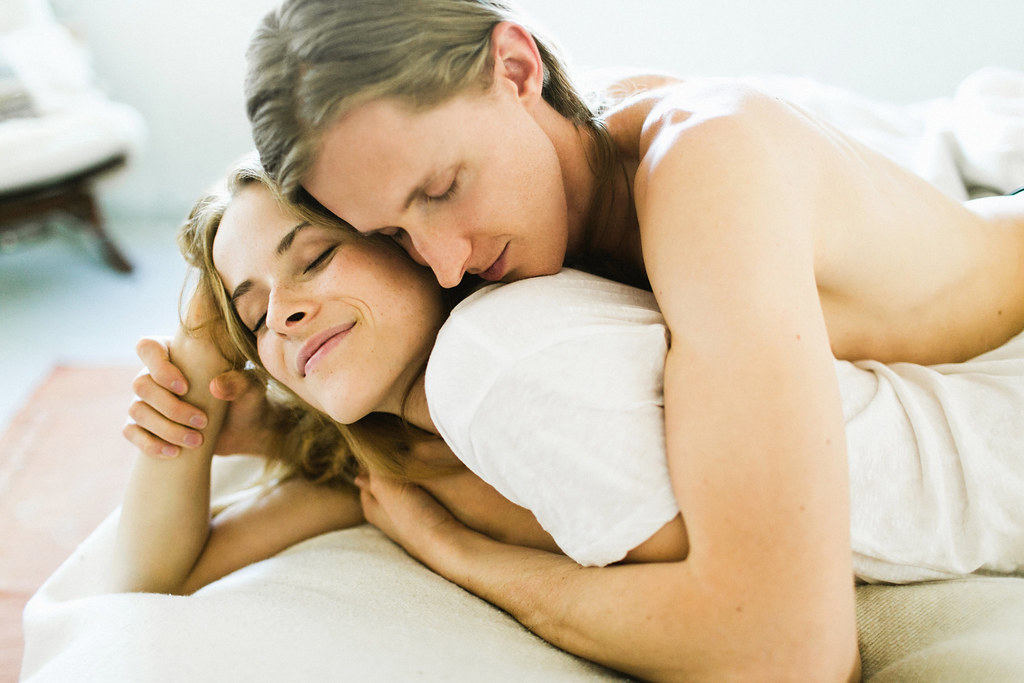
It's close. It's intimate. It's wide. It's slightly distorted, who freaking cares?
Hot dang. That sucker is a hell of a lens. This was the first L-series lens that I owned, and it became an instant favorite. For the look I love, it’s perfect: wide perspective without being too extreme. This is my bread and butter lens at weddings. I love the “in the moment” documentary look that it gives and the energetic feeling it can evoke when the couple is running by me holding hands, dancing together, etc. This has been glued on one of my 5D Mark IIIs at every shoot I’ve done since I’ve owned it.

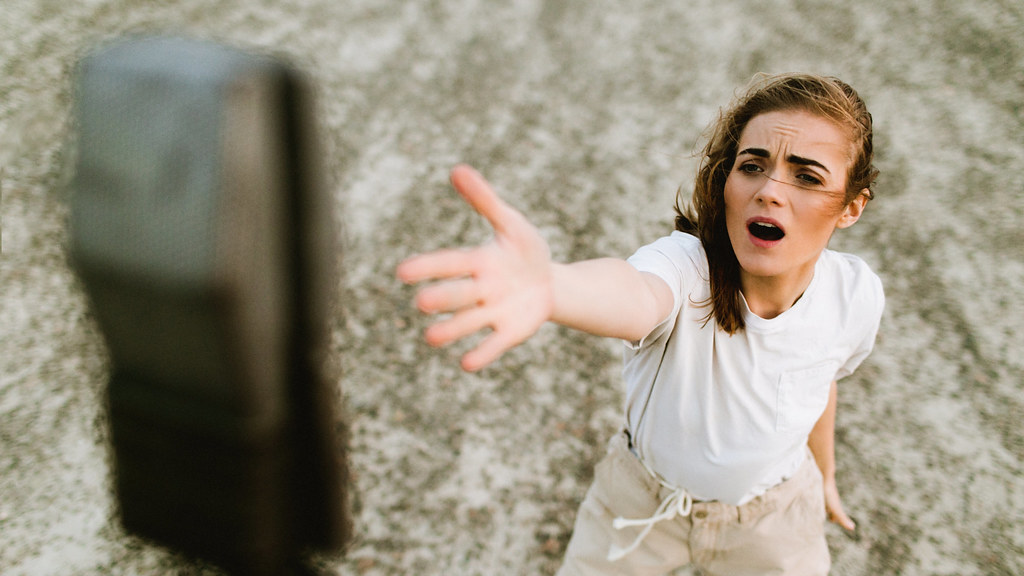
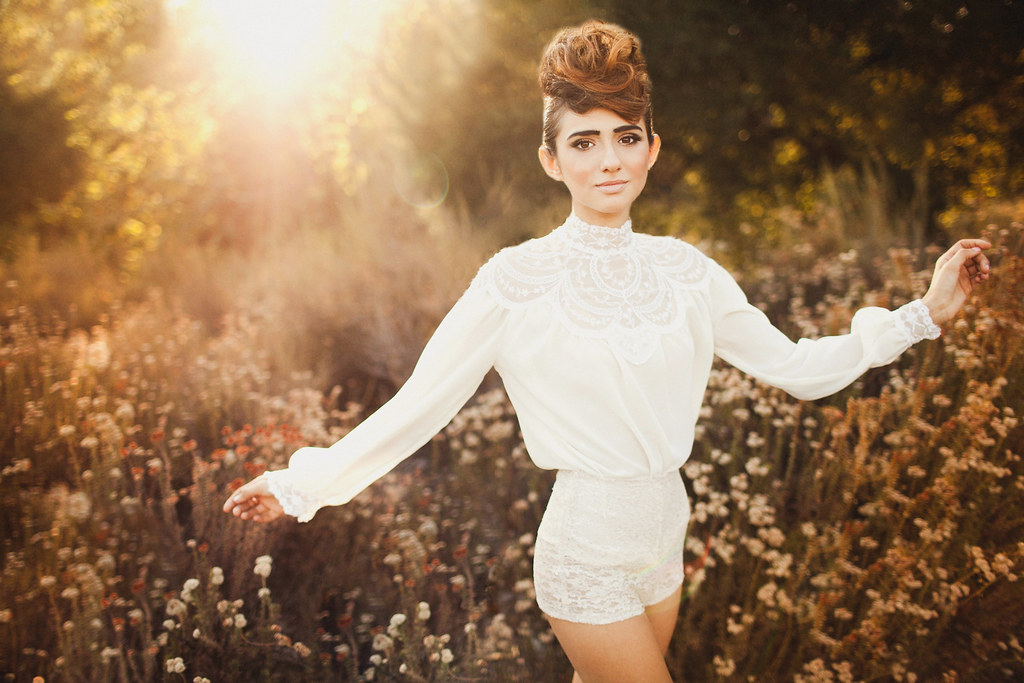
Medium Lenses
The most popular lengths for medium length lenses are 50mm and 85mm. Okay, boring numbers, done. These lenses don’t portray any noticeable distortion of perspective like some wide angles, and they tend to be most used in portraits. These lengths (my favorite is 50mm) are spectacular for moments that are calm and still. A soft portrait of a bride before she walks down the aisle, a close shot of a couple kissing, even an editorial shot of a model wrapped in glowing light and peering into the camera. Not only can they bring out a beautifully cinematic feeling (thanks to the shallower depth of field blurring the background), their angle of view is closest to how they human eye sees, so it can make the viewer feel as if they are in the frame with the subject as opposed to noticing the influence the camera has cast on the on the frame. If we were to use this lens in the scene with the runner in the desert, it would be a great lens to isolate the runner in a full body portrait or a closer headshot (by blurring out the background) while still keeping the context of where the runner is. What we would be left with is a shoot that looks like we are looking at the subject with our own eyes as opposed to through a camera. That introduces a bit of intimacy and a stronger personal connection to whatever is in front of us.
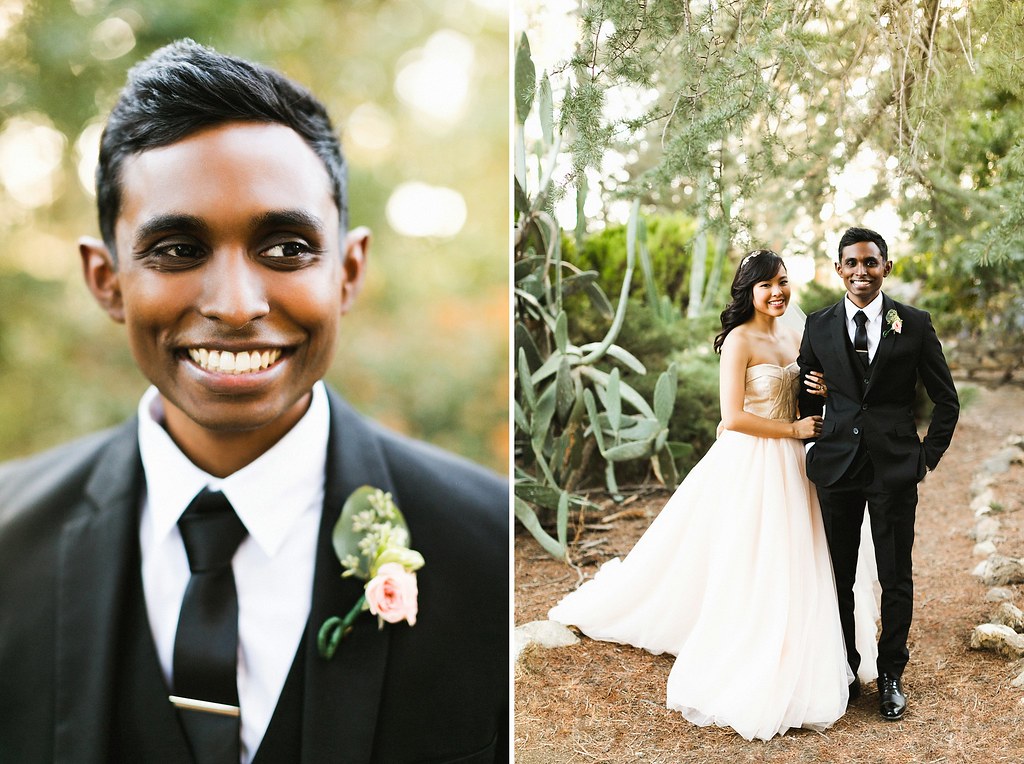
Aw yes. This is why I love my 50. It's simple, clean, and gorgeous. With backlit light light this, I'll put some spotty trees behind my subject to give the background a warm, soft glow. On the closer shots, I'll move my focus point to focus on my subject's eye, trying not to sway back in forth as I'm shooting to avoid missing focus.
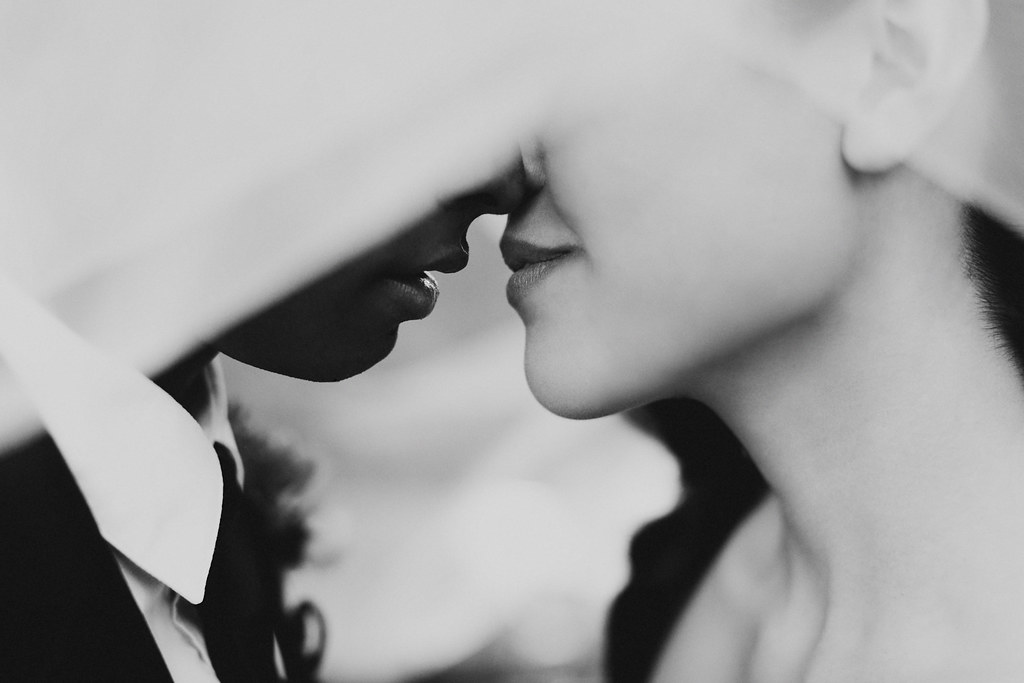
My 50mm f/1.2L is by far my most used lens. If I could only have one, this would be it. It’s the first one I pick up when it's time for a calm, intimate portrait, but that’s not all I use it for. Since it doesn’t distort the perspective at all, it acts like a chameleon and lets whatever is in front of it do the talking. What I love most about it visually is the separation that it gives me between my subject and the background. Since I shoot at 1.8 just about all the time, this gives me a crisp area of focus with everything in front of and behind the focal plane in a soft creamy blur. I also own the Canon 85 f/1.2L II, which is an amazing lens as well, but I would use the 50mm over it anytime I could. I actually only use my 85mm at weddings when I need the extra reach.
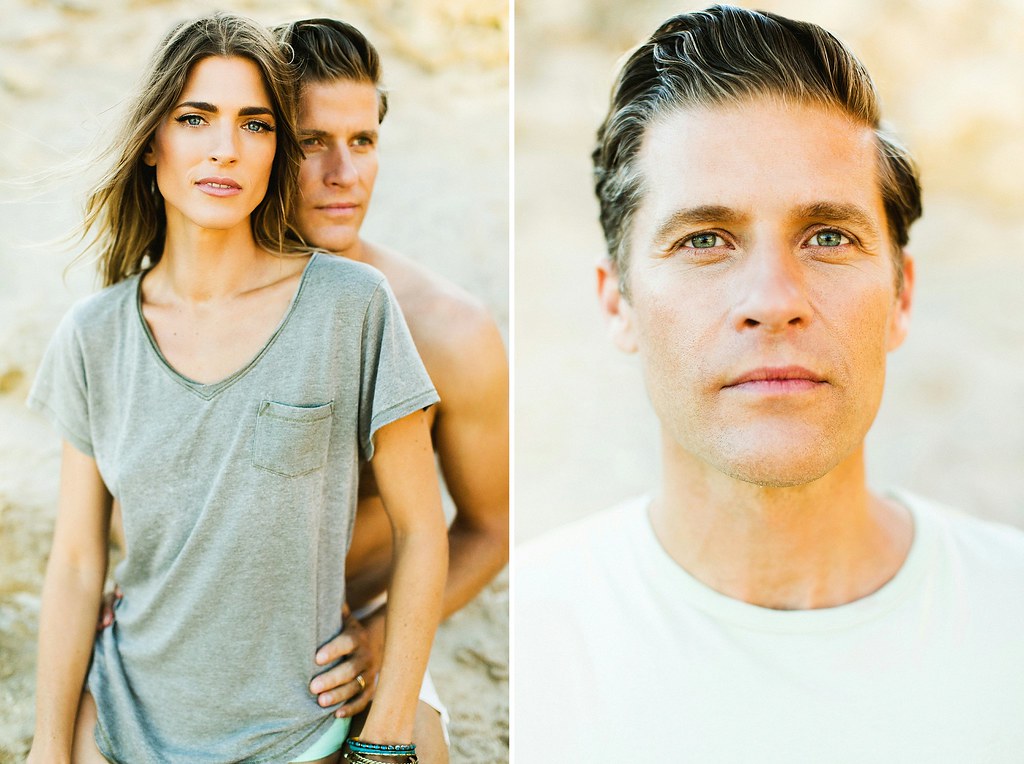
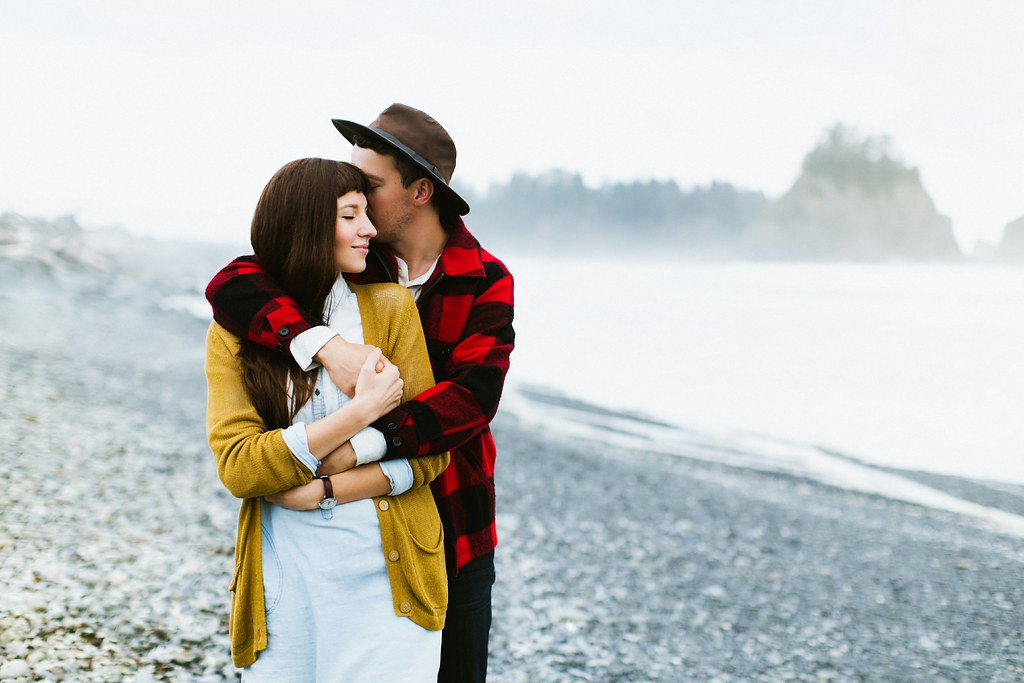
Telephoto
Telephoto lenses for use in the lifestyle, editorial, and wedding worlds typically range from 100-200mm and serve two purposes. One of them is obvious: if your subject is far away and you need to get in close without getting physically closer, these lenses will help you do that. Aside from that, telephoto lenses can help you isolate your subject from the background by throwing everything else so far out of focus that it becomes unrecognizable (this is because longer lenses will have a shallower depth of field). This can be a great option if you're shooting at a less than photogenic location, but to be completely honest, telephoto lenses aren't really my thing. The longest lens I ever use is my 85mm.
If we brought one of these lenses into the runner in the desert scene that we mentioned earlier, we would likely end up with a portrait of a runner against an unrecognizable blue background, or if we shot from a good distance away, we would see something called "compression" that happens with longer lenses. This is when everything in the frame seems to be flattened out as if it is all on the same plane. Again, it's not really my thing, as I would rather be physically close to my subjects to create the intimate mood that I love, but there are some amazing images to be shot with longer lenses like these.
If I used telephoto lenses, there are two I would buy: the 135mm and 200mm. I actually own the 200mm and have used it maybe twice in the past five years. It's a great lens for what it is!
Macro
Macro lenses range in length, but share one common trait, they can focus so close it makes your brain hurt. Need to see your reflection in that grain of sand? No problem! While these are definitely considered a specialty lens, they can bring out some really great moods. In the runner in the desert scene, these could create a bit of drama by focusing close up on the hot sun shining on the beads of sweat rolling down the athlete's skin as he looks up the dune in front of him. This shows the struggle that he's already exerted and the determination in his eyes as he wills himself to carry on. Coming in close can draw your viewer into an extremely focused and dramatic moment. These can also be killer for things like detail shots of rings, nature, etc. Just like telephotos, these aren't really my thing. If you have one you love, feel free to let me know in the comments!
Other Tools
Sure, the camera gear is important (to an extent), but there are some other bits of gear I use that play just as much of a role in my shooting and in bringing out certain moods. I listed some of my most crucial ones below!
Music
Say hello to your new best friend. If I could only give you one tip to loosen up a couple or model on set, it would be to play music. It's really that powerful. I have a few different bluetooth speakers that I use (some portable, some are bigger, etc) depending on the shoot and how light I need to pack.
There are two huge reasons that I play music on set, and the first one is to help bring out a mood. If I'm expecting a model to give me an energetic happy vibe, why not play something faster that she can dance around to? Why not play some fun, loud music to flood the room with the mood you want her to bring out? On the other side of the spectrum, if you are trying to hit a quieter, more serene mood, it may be helpful to play something soft and soothing so your subject can easily fall into that mood. I actually have a few different playlists on my phone that are ready to go depending on which mood I'm trying to hit. Reason number two: it kills the awkward. Silence can be awkward. Don't get me wrong, one of my favorite traits in a person is being able to be quiet with someone without feeling like they have to say something, but the truth is that not everyone is as comfortable with silence. Music helps fill that gap. Aside from that, if you ask them to laugh out loud, the music drowns out the laugh that they might think sounds awkward. It even allows your couple to talk to each other and be cute without the fear of you hearing it. Music has some sort of magical power to bring out the natural in people, and I love it.
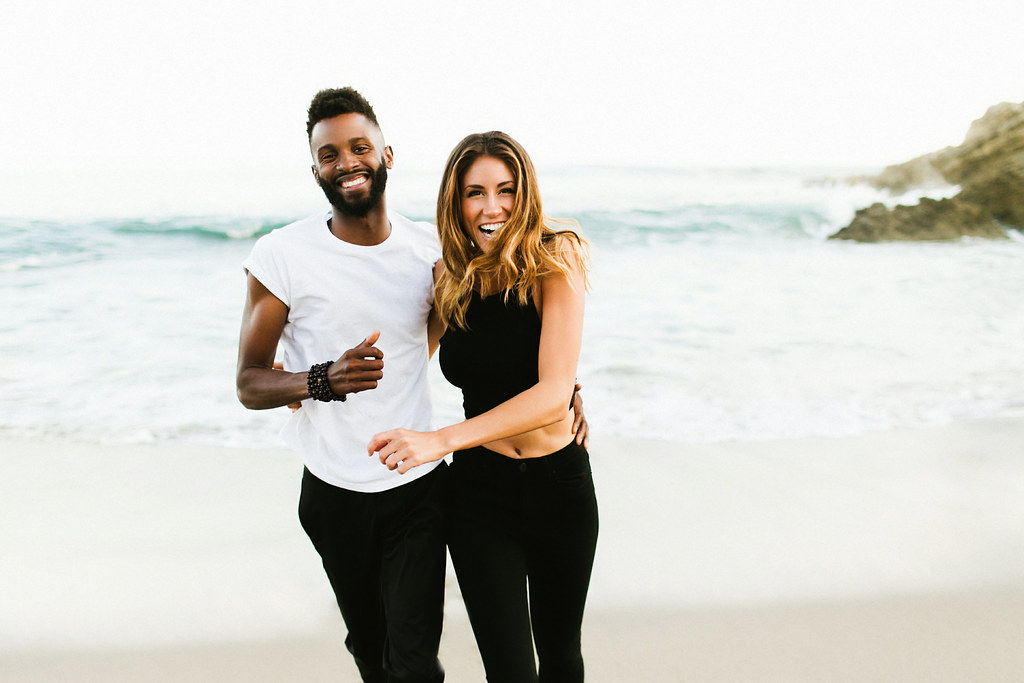
Seriously people, music. Just try it once. Looking for energy? Fast music. Looking for something peaceful? Soft tunes. I often switch up my playlists throughout couples shoots like this so I can work through a variety of different moods to give the shoot some depth.
I use a AomeTech Bluetooth Speaker This little thing packs a punch. It's loud, it's waterproof, it clips onto my strap or belt, I can change songs/volume right on the speaker, etc. It's exactly what I need, and it's cheap as heck.
Pieces of Magic
Yep, I call these my little pieces of magic. In reality, they aren't anything more than Ziploc bags, broken cups, or little crystals, but when I shoot with them, they do magical things for me. About seven years ago, when I was shooting portraits of a friend under a tree, a leaf fell in front of my lens and started my love affair with shooting through things. The leaf left a blur over a portion of the frame that created this gorgeously soft, dreamy mood. I still use leaves every now and then, but now, I prefer to use clear or translucent things (like the items pictured below) to get funky reflections, catch light in a different way, or just to create a dreamy blur. To use these, I literally hold them right up against my lens hood, peeking into the frame. This creates a soft, washed-out blur that's perfect for adding to the dreamy mood of an image or just adding a bit of visual interest.
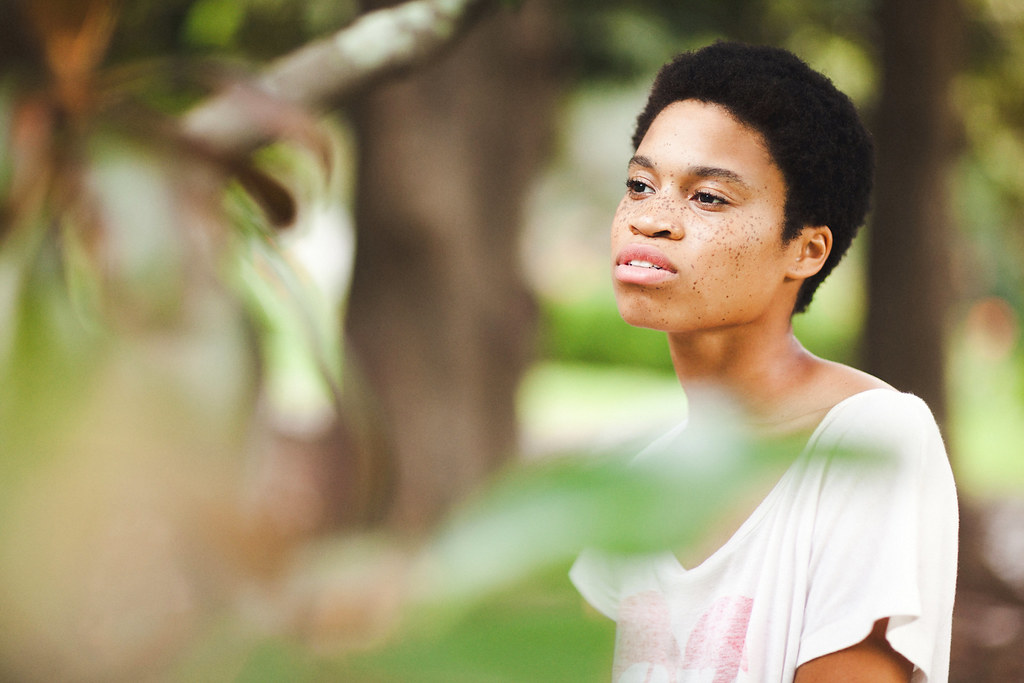
Typically nowadays, I shoot through glass or plastic pieces (below) instead of leaves, because those create a soft, translucent blur instead of adding any color in. Every now and then, I'll still shoot through plants or branches like this. Whenever I do, I make sure that I have some light on the plant (instead of having the shadowed side of the plant aiming towards me). That light gives a softer look than it would if I had a dark, shadowed shape over my frame. That doesn't mean it won't fit your style, I just prefer the light!
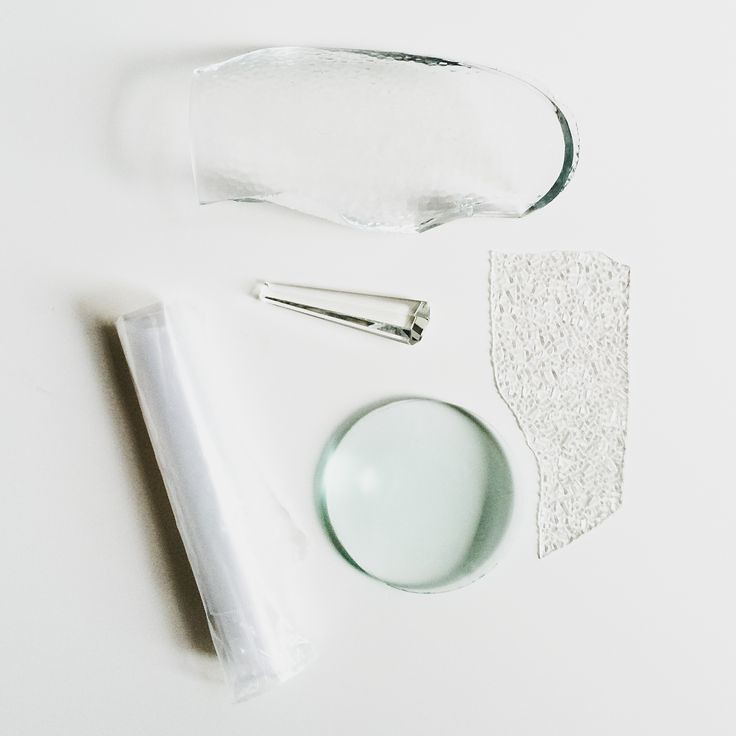 Here it is. The magic kit: a Ziploc bag, a broken cup, a convex lens (works well as a makeshift macro lens when held right against my 50mm), a piece of a plastic light cover, and a hippie crystal. All of them capture light differently and all of them rock.
Here it is. The magic kit: a Ziploc bag, a broken cup, a convex lens (works well as a makeshift macro lens when held right against my 50mm), a piece of a plastic light cover, and a hippie crystal. All of them capture light differently and all of them rock.
The fun of shooting through things like this is that it's always different, and there are so many variables that can change the look completely. What I'm saying here is to experiment. Each lens will capture this in a different way. Shooting through something on a wider lens (like my 35mm) will leave a more defined shape in the frame, while a longer lens like my 85mm will leave more of a haze in that portion of the image. The longer the lens, the less recognizable the shape becomes. Personally, I love how it looks the most on my 50mm, because it's still a clear shape, but it has a bit of that soft, hazy blur to it.
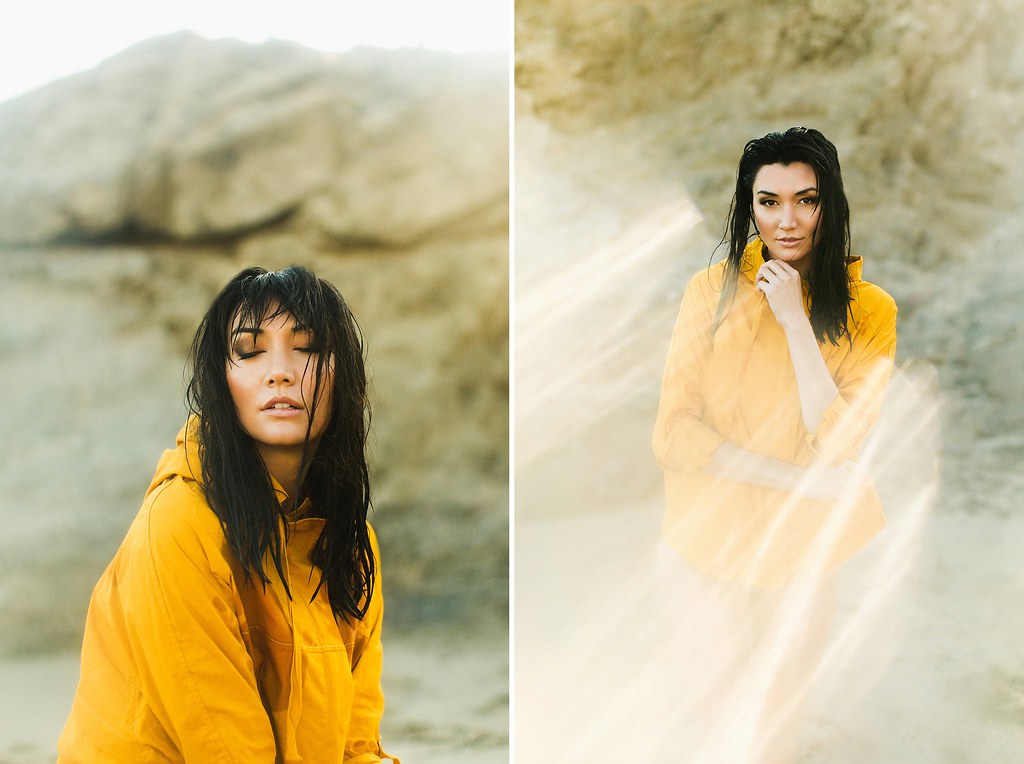
This is what I love about shooting through things: the variety. In each of these frames, I have a Ziploc bag covering my lens with a 2-3 inch slit in the bag that I can stretch open and shoot through. On the right, there is no hard light hitting the bag, which gives it a soft and subtle blur around the edges of the image. On the left frame, there is direct sunlight hitting the bag, which gives it that funky texture. If you want to shoot this way, make sure you expose for the highlights in the bag. If I were to expose for Monique in this shot, I would have blown out that texture and the detail would be lost.
Aside from adding to the mood of an image with this trick, there is another huge reason I use these. Imagine that you're shooting a bride getting ready, but right behind her is a table full of clutter: Starbucks cups, old food, etc. Ideally, I'd clean the table, but if time doesn't allow that, frame up your shot, place your glass piece over the cluttered area, and watch it fade away into a soft blur. Win! I use this pretty often in situations like that, or even if I'm shooting portraits and need to simplify a busy part of the image. It's honestly a lifesaver for people who crave minimalism.
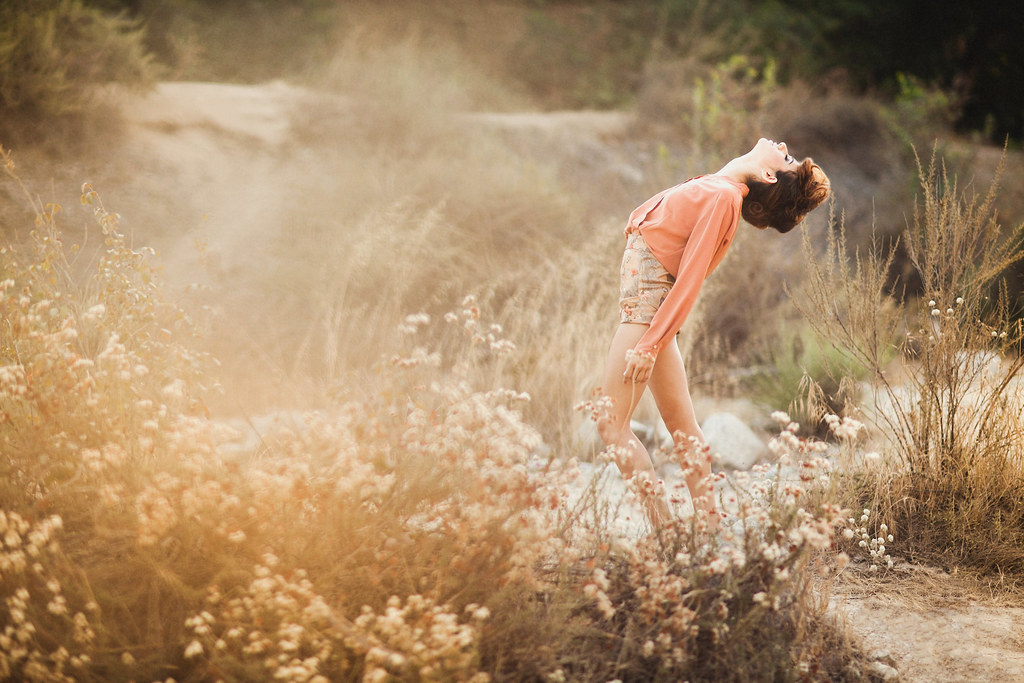
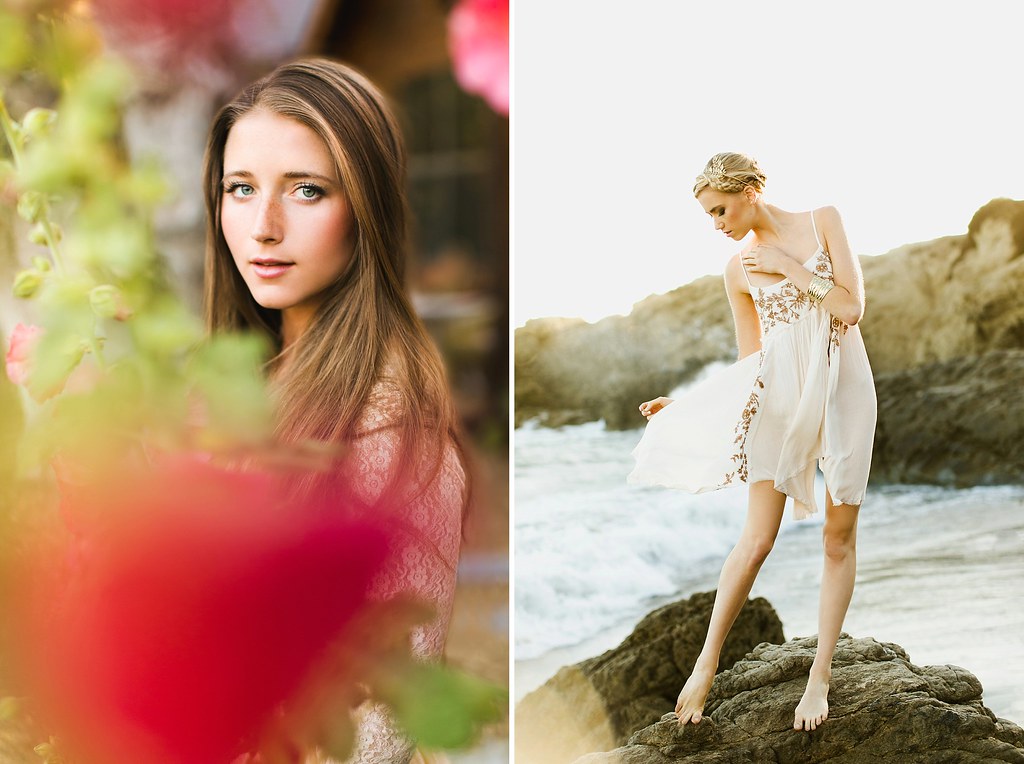
That's All!
That's it, friends. I hope this was helpful for you all. Equipment is absolutely not the most important part of creating beautiful things, but it can play a huge role in helping you draw out certain emotions or moods in an image. Play with your gear, do some research (watch movies and see how they use certain lenses), and learn how you can use what you have to your advantage. If you want to dig into some more education, there is plenty of free education on my blog and there are classes in the education section of my site! Knowledge is power.
Lastly, be good to each other. We're all in this together.

You also may want to experiment in using other lenses. It seems like you really like the look of film-with some "vintage" lenses you can get a bit of the film softness and characteristics while shooting digitally.
Try some classic Zeiss lenses. I have a couple sets of Leica R's: one set which are the older version 1's from way back when (with a converted Nikon mount) which I use for some of my photography and the second set of version 3's which are rehoused for my cinema use. I find them much more flattering and have lots of character in the bokeh, creaminess of the image, softness, pleasing flares, separation of the subject to the background, and even seems to increase my dynamic range then what my modern lenses produces. These modern lenses are so sharp, produces little flare with these modern coatings, and have less "imperfections" I just don't find it that flattering. Sure I shoot most of my photography with modern glass, and love the images they produce, but vintage lenses have always had a special place in my heart.
My choice in which lenses (modern or vintage) to shoot with help affect the emotion and feel just as much as my composition, location, focal lengths, and lighting-but that's me.
wow what a post. Beautiful work.
Thanks, Lee!
I read this on your website but gave it another read here. So much good information. Your posts are always the best! Thanks for sharing your process. Really really helpful
I appreciate that. Means a ton and I'm always happy to be able to help!
I enjoyed reading the article. Great photographs! I enjoy reading about hybrid photographers, those that shoot film and digital. I've been shooting film (1980) longer than digital (12/2013), but I enjoy both. Kodak Portra is a great film. I enjoy using Ektar 100 for outside. With two film cameras (Canon A-1 and New F-1), one is loaded with B&W and the other with color; depending on the mood or the weather, I'll shoot color or B&W.
It's cool to ear a film shooter's perspective on that. Thanks!
Fantastic post, thanks for sharing!
Thank you!
I feel like this post itself was a work of art, you really put a lot of time into this. Thanks for sharing
We'll that means a lot! Thanks so much. It is one of my more in depth articles and I hope to do more soon!
Terrific article - you've put a heap of work into that. So much content but so easy to digest. All well supported with excellent pictures. You could turn all that into a book and sell it!
Thank you!
Fabulous article... thanks!
You're welcome!
Great post Ben! *thumbs up emoticon*
Thanks Rob!
Hi Ben!
I opened this article to check it out and kept reading and reading and by the end I couldn't wait to see who wrote it. It was very informative and pleasing to read , the beautiful photo examples made it even better.
I'd happily read more and more detailed articles about various subjects (posing and communicating with clients on shoots would be great!).
I think the most inspiring reads are those who have a balance between technical and practical knowlledge and dont get carried away in either. :)
Thanks again. It's nice to see something that hits your inspired button when you're a bit lost.
That's so encouraging to hear, thank you!